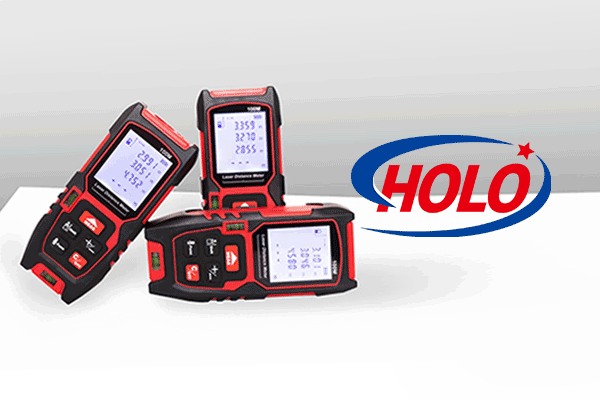Introduction: On a dusty, machine-roaring construction site, a seemingly minor data discrepancy can trigger a trust crisis between teams, even leading to project delays and soaring costs. Today, we share a true story of how an ordinary-looking tool became the “key witness” to break the deadlock and rebuild trust.
1. The Dispute Scene: A Rashomon-like Dispute Over Measurement Data
It took place at the construction site of a large commercial complex. At the time, the steel structure contractor and the curtain wall installation team were locked in a bitter dispute over the positioning distance of embedded parts between the core tube and the external curtain wall.
– The steel structure team, armed with their traditional equipment, insisted the measured data was 1250mm.
– The curtain wall team, based on their own drawings and measurements, maintained it was 1235mm.
A 15mm gap is enough to disrupt the alignment of subsequent processes in precision installation. Both sides clung to their claims, and the discussion escalated from a technical debate to mutual blame, leaving the on-site atmosphere extremely tense.
“Is our measuring instrument inaccurate?”
“Did your construction cause displacement?”
“Or is there a mistake in the drawings themselves?”
For a moment, the site turned into a “Rashomon” scenario. The project manager looked grim—time was pressing, and an authoritative standard trusted by both parties had to be found immediately.
2. The Game-Changer: More Than Precision, It’s “Indestructible”
Just then, our company’s professional-grade anti-drop laser distance meter was brought to the site. This device was chosen for three reliable traits that excel in extreme environments:
1. “Tough” Protection: It has an IP65 dust and water resistance rating, capable of withstanding dust and rain on construction sites. More importantly, it passed strict anti-drop tests (typically surviving a 1.5-meter fall onto concrete floors without damage), making it fully adaptable to accidental knocks that may occur on-site.
2. Millimeter-Level Accuracy: As a professional device, its accuracy within the typical measurement range reaches ±2mm—far higher than ordinary consumer-grade equipment—qualifying it as a “benchmark” for arbitrating disputes.
3. Data Traceability: The device features data storage and transmission functions. Every measurement result can be recorded and instantly transmitted to a mobile phone or tablet via Bluetooth to generate an electronic report that cannot be tampered with.
3. On-Site Arbitration: “A Beam of Light” Reveals the Truth
Witnessed by the project managers of both parties, our technician operated the distance meter:
1. Stable Measurement: The most stable distance measurement mode was selected, and the laser dot was accurately aimed at the target embedded part.
2. Multi-Point Verification: To avoid single-point errors, three different positions (upper, middle, and lower) on the same component were measured multiple times.
3. Instant Data: Almost immediately, a set of data appeared clearly on the high-definition screen: 1247mm, 1248mm, 1246mm…
The truth came to light.
The measurement results clearly pointed to an average value of approximately 1247mm. This indicated that both parties had errors in their previous measurements: the steel structure team’s equipment may have had a systematic deviation, while the curtain wall team’s measurement method or reading may have been non-standard.
More importantly, when this millimeter-precise figure and the records of multiple verifications were presented to everyone, the argument stopped. The data came from a neutral, high-precision third-party tool with a traceable process, leaving no room for doubt about its fairness.
4. Behind the Dispute: The Overlooked Tool Revolution
Resolving this dispute brought far more than just a 12mm correction. It triggered a reflection among the project management team:
– Tools Determine Efficiency: In today’s era of pursuing lean construction, relying on outdated measuring tools with unclear accuracy is itself a huge hidden cost.
– Data-Driven Collaboration: A recognized, accurate data source serves as the “common language” for efficient collaboration between different teams, significantly reducing communication costs and trust frictions.
– Reliability Equals Productivity: In harsh construction site environments, the device’s “anti-drop” and “dust-proof” features ensure it is always ready for use and “never fails” at critical moments—this in itself is a guarantee of productivity.
Conclusion
In the end, the project not only corrected the position of the embedded parts in time to ensure the construction schedule but also uniformly purchased a batch of the same anti-drop laser distance meters as standard equipment for all construction teams. They realized that in modern construction, investing in a professional measuring device is more than just buying a tool—it is introducing an impartial “data judge,” an efficient “collaboration standard,” and a solid “quality insurance policy.”
This is precisely the core value we, as professional measuring instruments supplier , aim to deliver: building the cornerstone of trust with undeniable precision.

